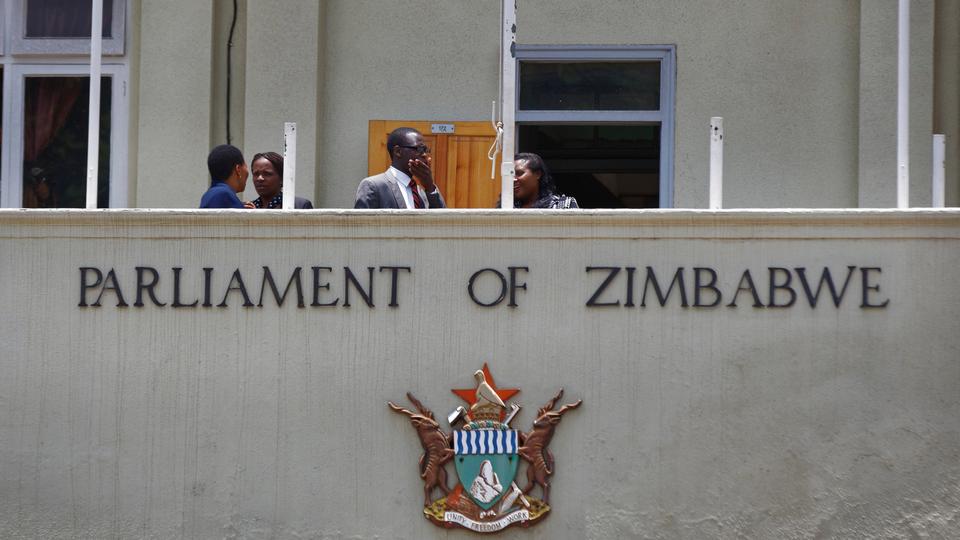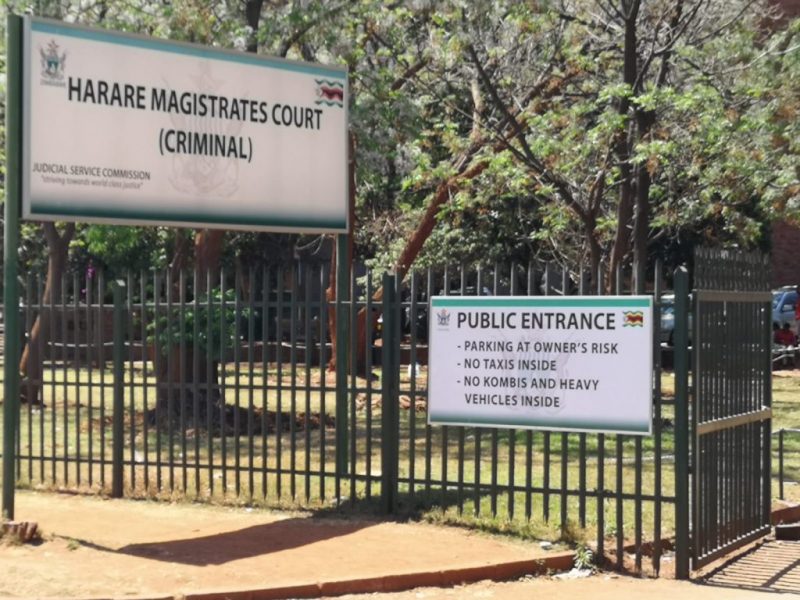
PARLIAMENT is proposing birth control to curb the rising population of elephants, which is not only coming at a huge cost to the country’s environment, but exacerbating cases of human-wildlife conflict.
BY VENERANDA LANGA
The Zambezi cluster alone has over 53 991 elephants and the country’s head is said to have risen above 100 000.
The country has not been able to sell part of its elephant population due to the ban imposed by the Convention on International Trade in Endangered Species of Wild Fauna and Flora, a multilateral treaty to protect endangered plants and animals.
In a single day, an elephant consumes up to 200 kilogrammes of plant matter and between 150 to 200 litres of water, meaning biodiversity destruction in the national parks has already surpassed a sustainable threshold.
A recent report by the Parliamentary Portfolio Committee on Environment chaired by Concillia Chinanzvavana revealed massive destruction of the environment and crops of communities that do not benefit from the gigantic mammals.
“The committee observed the destruction of vegetation by elephants, and secondary vegetation was growing in certain areas where elephants had continuously destroyed the primary vegetation,” part of the report read.
“In other areas, the vegetation species were facing extinction owing to the persistent damage by elephants year after year.
- Chamisa under fire over US$120K donation
- Mavhunga puts DeMbare into Chibuku quarterfinals
- Pension funds bet on Cabora Bassa oilfields
- Councils defy govt fire tender directive
Keep Reading
“Most of the damage was concentrated around waterholes, where elephants tend to congregate in search of drinking water.”
As the animals continue to cause havoc to the community, MPs said contraception could be one of the solutions to contain them.
“Contraception is a method which can be used to control the explosive growth of the elephant population,” the report further read.
“It alone will not reduce elephant population numbers in the short-term. Contraception can slow down or stop an elephant population’s growth rate, though it does not actually reduce the number of elephants in already overpopulated areas such as Hwange National Park. It has the potential to prevent further increase and reduces the numbers in the long run.”
On human and wildlife conflicts, the committee said un-quantified crops were damaged as a result of the conflict.
“The Hwange Rural District councillors pointed out that the major challenge posed by human-wildlife conflict was the lack of compensation for lost crops and livestock destroyed by elephants. Secondary vegetation was growing in certain areas where elephants had continuously destroyed the primary vegetation,” the report stated.
“In other areas, the vegetation species were facing extinction owing to the persistent damage by elephants year after year. Most of the damage was concentrated around waterholes, where elephants tend to congregate in search of drinking water.”
The MPs said community leaders in Hwange had also raised concern that they were not accruing any benefits from the wildlife proceeds, which is a disincentive for the communities.
The report said huge elephant populations had the capacity to destroy woody biomass while tree canopy cover could decline in a short space of time.











